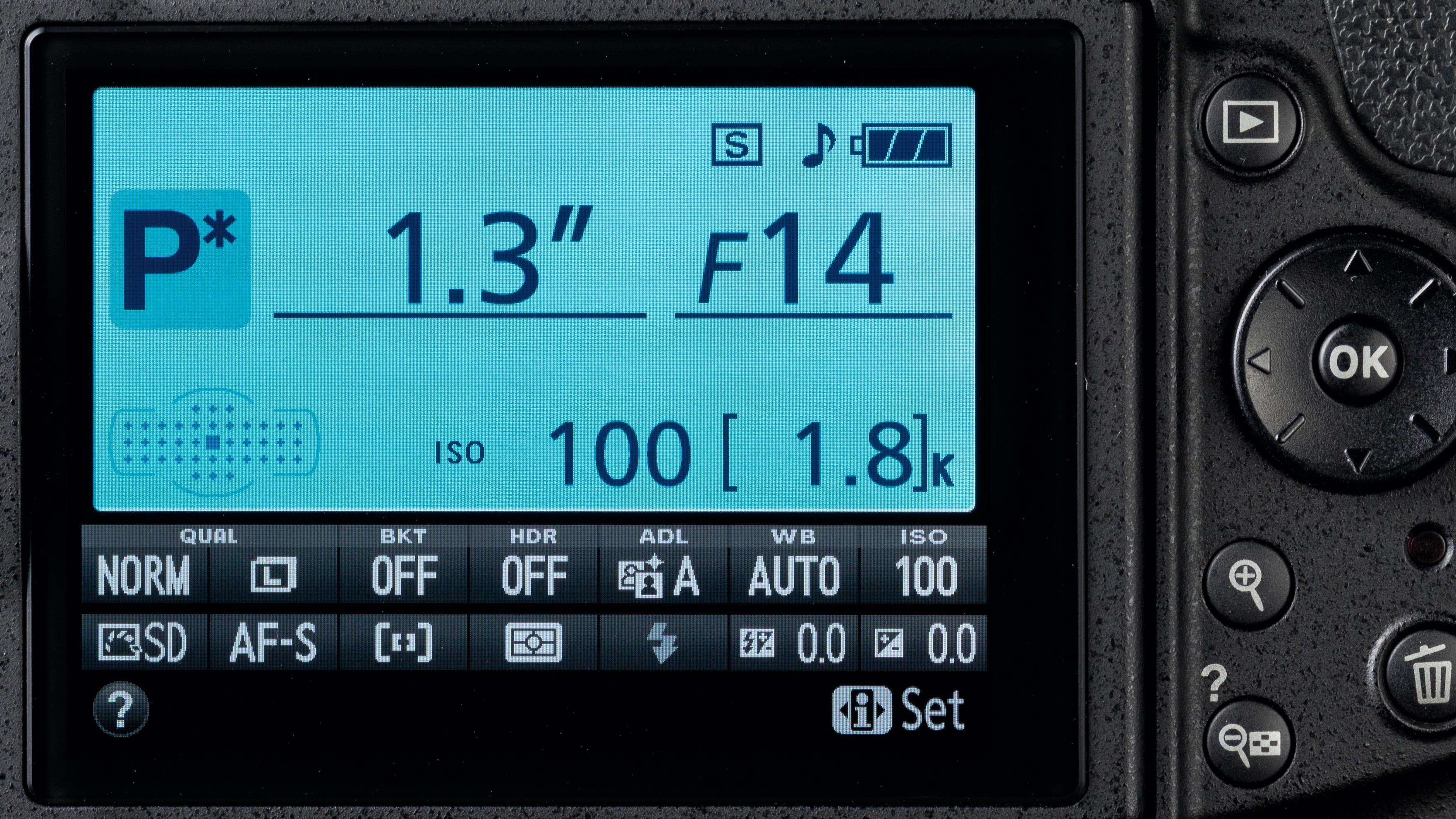Program AE is short for ‘program auto exposure’ and it’s where the camera takes control of both the lens aperture and the shutter speed – the two main ways of adjusting exposure – and balances both to produce a suitable exposure.
What it tries to do is set a shutter speed fast enough to avoid any risk of camera shake and a lens aperture small enough to offer good depth of field.
Photographers often think this program AE mode is more for beginners than experienced users, but actually, for many everyday photographic subjects, it saves you time with a perfectly good compromise that you’d find it difficult to improve on.
With basic point-and-shoot cameras, this might be the only exposure mode you get. With more advanced models you’ll get shutter-priority, aperture-priority and manual modes too.
If you have a camera with ‘scene’ modes, for example, these are essentially a program AE mode, but ‘tuned’ with different shutter speed and aperture combinations
If you’re shooting an action subject you might switch to shutter priority mode so that you can set a fast shutter speed to freeze the action, while if you’re photographing and landscape or a still life where you want maximum depth of field you might switch to aperture-priority mode instead. If neither shutter speed nor aperture is particularly important, than program AE mode will do the job just fine.
Program AE isn’t always called that. If you have a camera with ‘scene’ modes, for example, these are essentially a program AE mode, but ‘tuned’ with different shutter speed and aperture combinations (and other settings) for different kinds of subject. And full auto modes are simply program AE modes with added automation, such as auto ISO and auto flash.
What does ‘program’ mean?
If you look at a manual for an old film camera you might see a ‘program line’ which shows you how the camera will adjust the shutter speed and the lens aperture in steps according to the light level.
These days, though, cameras are much more sophisticated and intelligent, and will adjust this ‘program’ according to the lens you’re using, the focal length and whether or not the lens has image stabilisation – the camera gets all this information from the lens via the electrical connectors on the lens mount.
Can you override it?
More advanced cameras will offer a ‘program shift’ function where you can change the combination of shutter speed and aperture settings without having to change modes, usually just by turning a control dial.

Turning the dial one way will give you faster shutter speeds and wider lens apertures to compensate; turning it the other way will give you smaller lens apertures for more depth of field but correspondingly slower shutter speeds – you just turn the dial to get the specific shutter speed or lens aperture setting that you want.